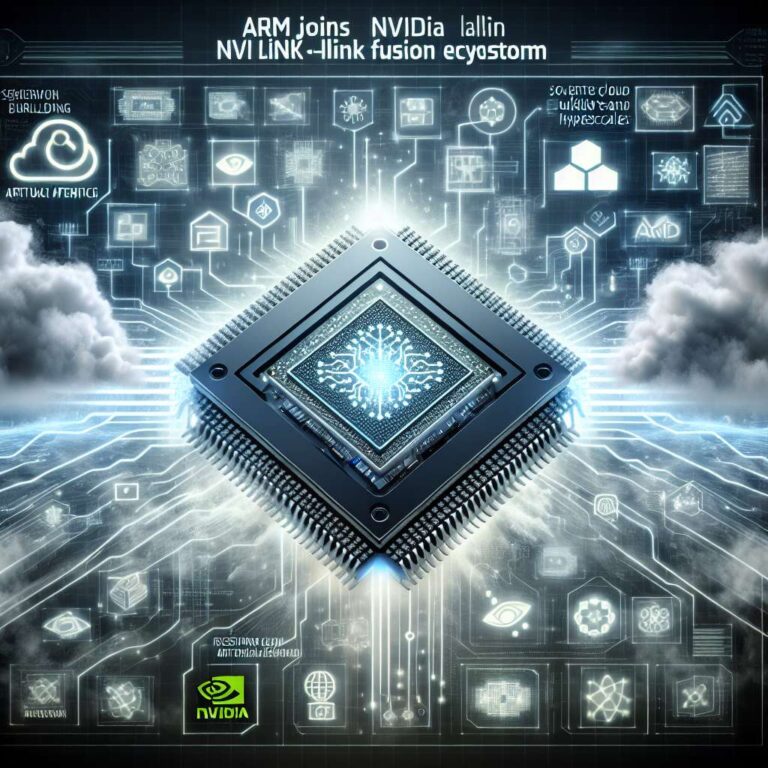Arm and Nvidia announced at the Supercomputing ’25 conference that Arm has joined the NVLink Fusion ecosystem. The move makes NVLink Fusion supported by multiple microarchitecture and CPU developers, and it creates a pathway for Arm licensees to integrate NVLink IP into custom CPU system-on-chips so those CPUs can connect directly to Nvidia GPUs and Artificial Intelligence accelerators. Dion Harris, head of data center product marketing at Nvidia, said, “Arm is integrating NVLink IP so that their customers can build their CPU SoCs to connect Nvidia GPUs,” and noted that NVLink Fusion can reduce design complexity and development costs for hyperscalers.
For Arm, the change has different benefits across its businesses. As an intellectual property provider, Arm can now offer licensees a ready-made route to build CPUs that plug natively into Nvidia’s Artificial Intelligence accelerator ecosystem, rather than rely on PCIe alone. That can make Arm-based designs more attractive to hyperscalers and sovereign cloud builders who want custom CPUs compatible with market-leading Nvidia GPUs. The article notes that previously Nvidia’s Grace CPUs were the primary processors compatible with Nvidia GPUs for NVLink connectivity. Arm also gains the potential to develop its own server CPUs that can compete inside Nvidia-based systems alongside Nvidia’s Grace and Vera and Intel Xeon, though Nvidia’s policies and product timelines will affect how that competition unfolds.
The addition of Arm expands the pool of CPUs that can serve natively in Nvidia-centric Artificial Intelligence systems without Nvidia having to build all those CPUs itself. Arm licensees such as Google, Meta, and Microsoft could integrate NVLink directly into their SoCs, increasing options for specialized semi-custom infrastructure and strengthening Nvidia’s position in sovereign Artificial Intelligence projects. The report concludes that Arm’s inclusion is broadly beneficial for Arm, Nvidia, and their partners, while posing competitive risks for AMD, Intel, and Broadcom, even as chip development cycles may narrow those advantages over time.

